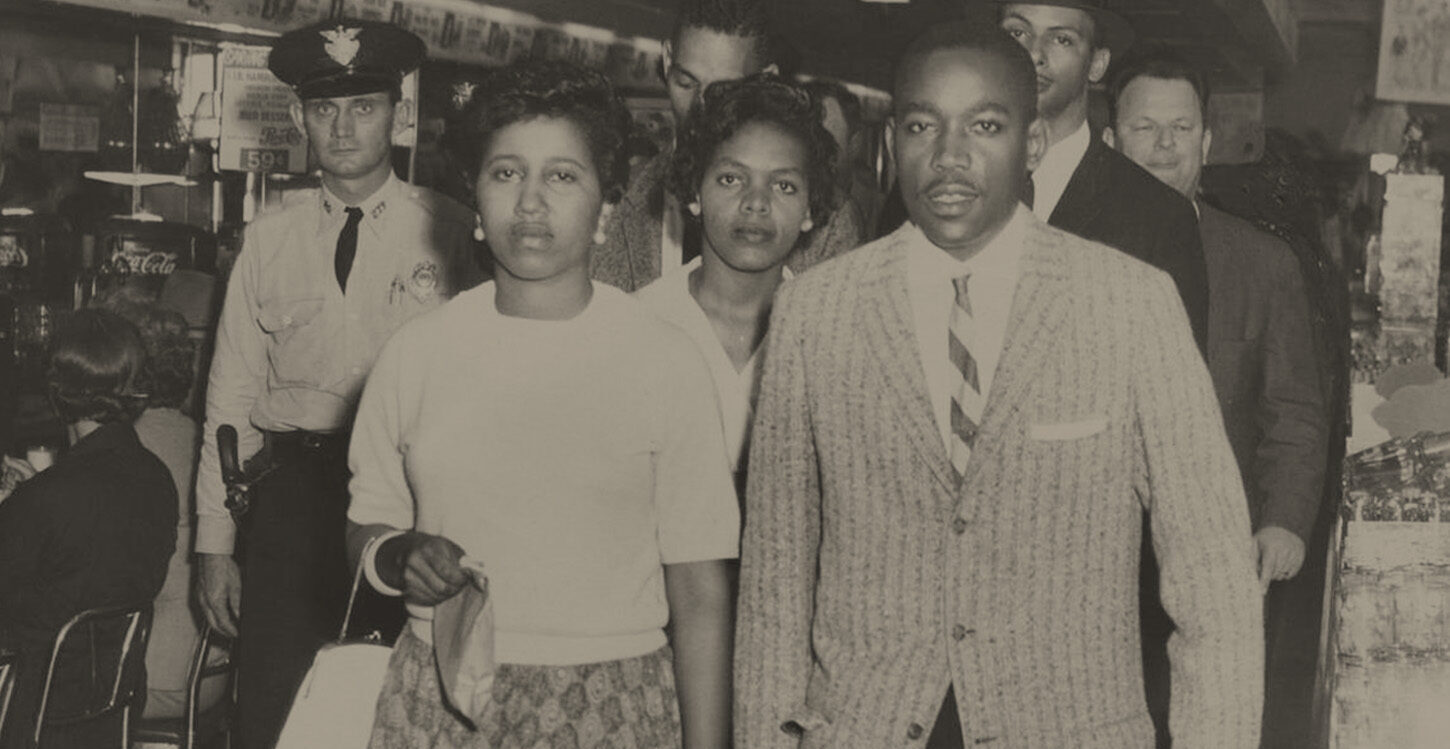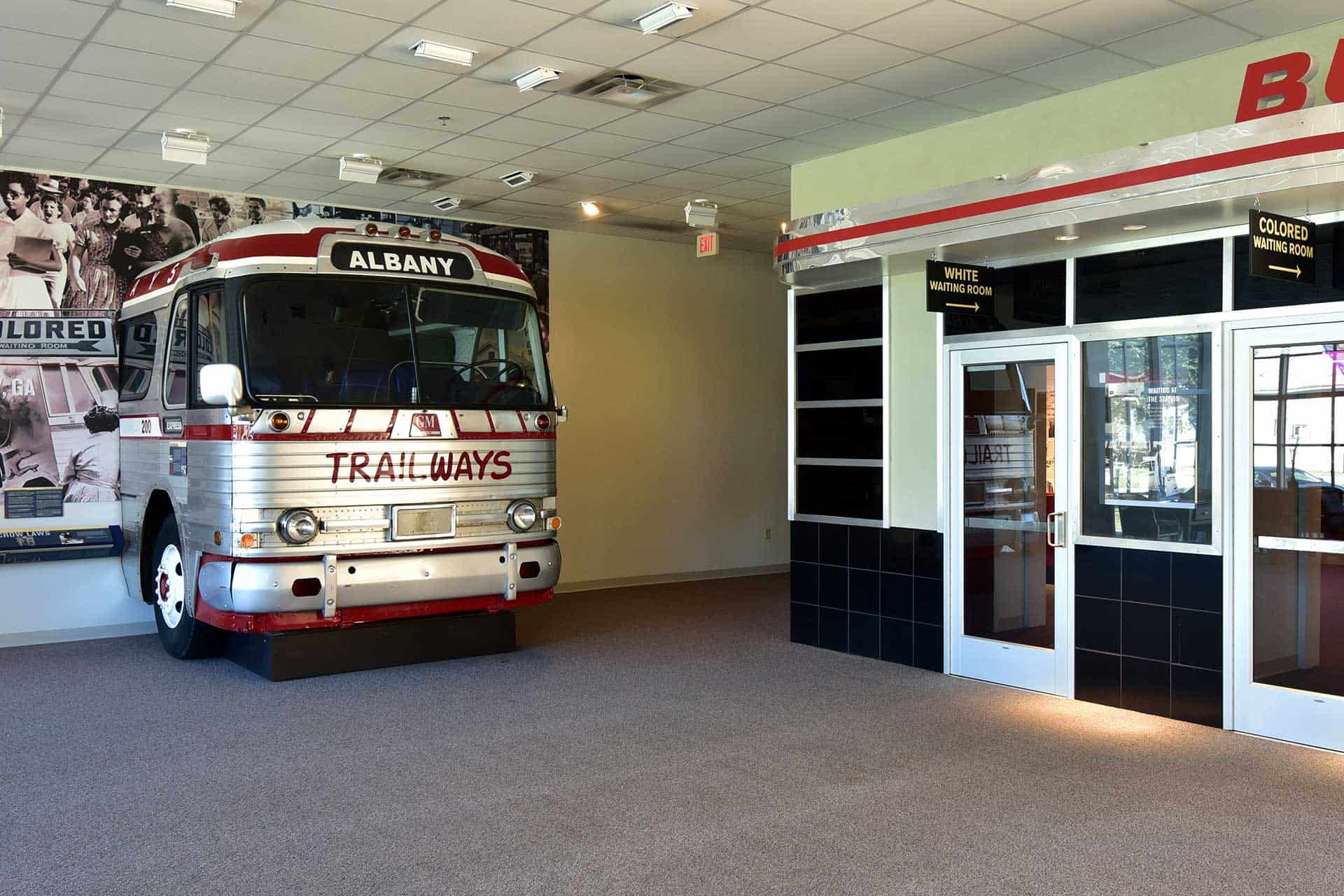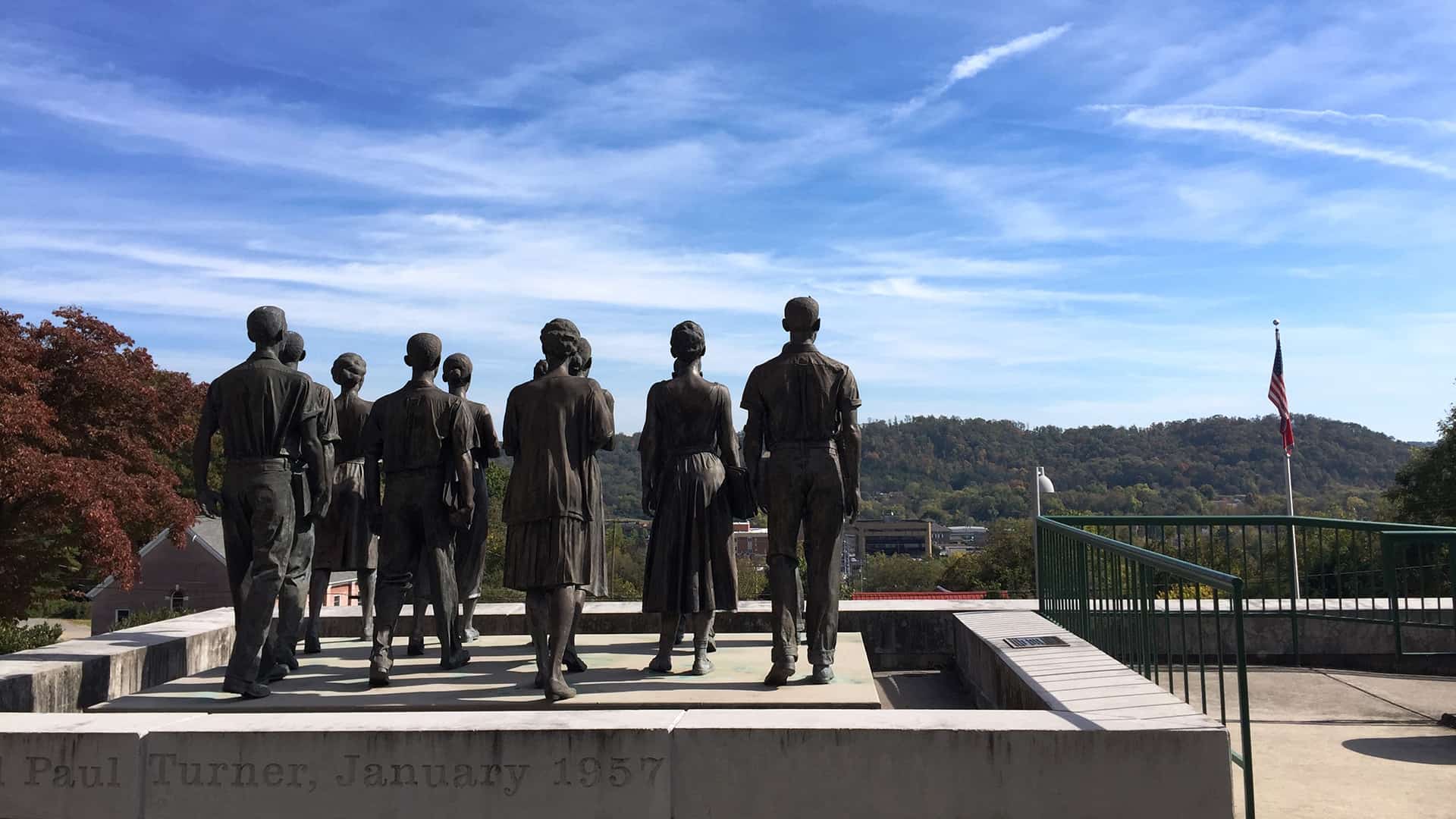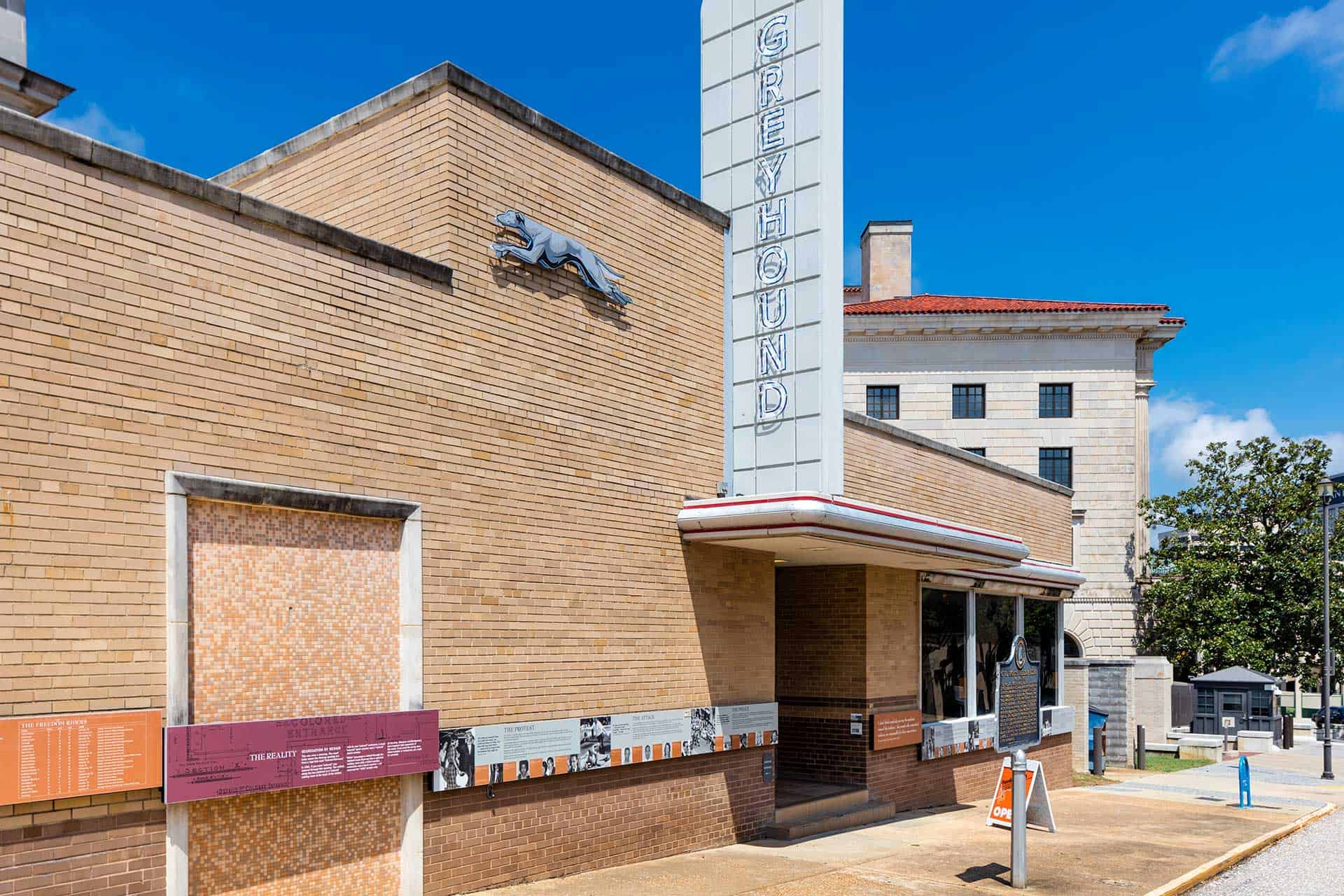MONTGOMERY, ALABAMA
VALDA HARRIS MONTGOMERY
Most people haven’t seen the things a young Valda Harris Montgomery witnessed during the civil rights movement. When she was just 13, a beaten and battered John Lewis showed up at her family’s Montgomery, Alabama, home in need of care and refuge. What would’ve been a shock for most wasn’t for Harris Montgomery because, during the movement, Black people were used to witnessing — or being victims of — racial attacks.
Harris Montgomery inadvertently had a frontline view of the movement, and her father’s work kept her family there. Because he was a fierce supporter of civil rights, Harris had opened his home as a haven and a strategic meeting place for leaders like King, John Lewis, Diane Nash and more. Once, Harris opened the family home to 33 student Freedom Riders, who were attacked during the Montgomery Greyhound Bus Station integration challenge.
Harris owned Dean Drug Store, the city’s oldest Black-owned drug store, where he operated a lunch counter specifically for Black folks to have a safe place to dine. He also provided medical assistance during the historic Selma to Montgomery march for voting rights.
But Harris Montgomery didn’t always recognize the magnitude of what was happening in her home until decades later. King was a good neighbor, who had once knocked on her family’s door covered in bandages after being stabbed. Harris Montgomery’s recent memoir, “Just A Neighbor: A Child’s Memoir of the Civil Right Movement,” details living in the Centennial Hill neighborhood of Montgomery during such a pivotal time in history.
Today the Richard Harris House is a museum and cultural center open for tours by appointment.
EXPERIENCEMONTGOMERYAL.ORG
ALBANY, GEORGIA
RUTHA HARRIS
Rutha Harris played a unique role in the civil rights movement: using her vocal chords to fight for freedom. Harris is one of the original Freedom Singers (along with Bernice Johnson Reagon, Cordell Reagon and Charles Nesbett), an Albany, Georgia, singing group that existed to educate their people about the movement through song. The group performed at festivals across the country and at the White House. Their most notable performance was at the 1963 March on Washington, long considered a turning point in civil rights history.
Songs like the civil rights classic “Freedom Is a Constant Struggle” were in her powerful repertoire of protest music. Harris once said, “The reason I joined is that I thought I was free, and the reason I thought I was free is because my mother and father had sheltered us [Harris and her siblings] from all of that stuff. So I thought we were free, but we were not free.”
With this realization, Harris began singing for freedom, but her work didn’t end there. She was also active in voter registration drives, marches and mass meetings.
Harris is still doing the work important to Black freedom by leading oral history presentations that give firsthand accounts of her experiences during the Albany movement, using powerful narration and song performances to keep this incredible history alive.
VISITALBANYGA.COM
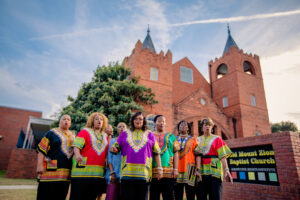
BATON ROUGE, LOUISIANA
JOAN GARNER
Joan Garner is a tour guide at the West Baton Rouge Museum in Baton Rouge, Louisiana, and her job is much deeper than a passionate pastime. Garner continues the impactful work of her father, John Garner, one of the Southern University student leaders who participated in Baton Rouge’s groundbreaking lunch counter sit-ins at Kress Department Store. John Garner was named in a lawsuit — Garner v. State of Louisiana — where the Supreme Court ultimately ruled that nonviolent civil rights protestors could not be prosecuted for disturbing the peace.
Today, Joan Garner is working tirelessly to right the wrongs of the past. “For me, it’s about legacy,” she said. “It’s all about legacy.” And Garner doesn’t take her family’s legacy lightly. She wants it to be known the course of her father’s life changed forever, impacting his education and career path.
“The students were actually expelled from the school or suspended indefinitely, so in 2004 Southern University issued honorary degrees to these students,” she explained. “In my father’s case, he received an honorary law degree, but he didn’t ask for that. What he was actually asking for was an apology.” That apology still hasn’t come.
Joan Garner remains committed to telling the stories of the sit-ins and does so through lectures at the West Baton Rouge Museum. She’s also working on projects like preserving a historic cemetery for formerly enslaved people and restorative justice initiatives.
VISITBATONROUGE.COM
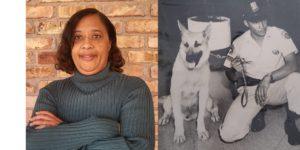
ST. LOUIS, MISSOURI
PERCY GREEN III
When Percy Green III climbed to the top of St. Louis’ Gateway Arch on July 14, 1964, he wasn’t concerned about making history. He was standing up for his people. But his decision to climb the arch to protest racial discrimination was monumental for the movement.
In the words of Green, “we were not concerned or conscious of making history. We were trying to be effective in our protest to expose racial discrimination on a federally funded project.” No Black people were employed as workers or contractors on the building of the Gateway Arch.
Green was a member of the city’s CORE (Committee on Racial Equality), a national civil rights organization, before leaving to form his group, ACTION (Action Council to Improve Opportunities for Negroes). He believed it was necessary to create a St. Louis-specific organization that focused on addressing issues and taking action against the inequalities in their communities.
Green’s militant approach was strategic, often organizing protests he knew would generate a buzz and bring media attention to the systemic racism Black people were facing. “We didn’t have the tools that protestors do today,” he said. “Social media is powerful. I wish I had it at the time, but during that time we did well with what we had. We had to play jujitsu with the news media.”
Today, he remains supportive of the protest movements continuing to happen and believes they’re needed to make the changes necessary. “I’m still an active participant in various ways of support [like] counseling the younger who want to know what it was like back then [and] sharing with them the strategies and tactics that we used.” Listen to the podcast and learn more about how Percy Green III made a difference.
EXPLORESTLOUIS.COM

CLINTON, TENNESSEE
CLINTON 12
It was 1956 when 12 courageous Black students integrated an all-white high school in the small east Tennessee town of Clinton, making history as the first desegregated public high school in the South. Before the monumental event, Black students weren’t allowed to attend school in the county and had to travel over 40 miles to Knoxville. They’d registered successfully to enroll in the school, but their actual journey inside the walls of Clinton High School didn’t come as quickly, and just a few days later, things worsened.
John Kasper, a known Ku Klux Klan member, caught wind of the integration news and came to town and went door-to-door to stir up outrage in the Clinton white community. Just days after, the Clinton 12 stood atop the hill, prayed for their safety and made their way to the front doors.
Joann Boyce, a then-junior, recalls that morning: “We were on pins and needles. How are we going to be accepted when we go down the hill? How will we be accepted when we go inside the school?
“The pledge we made was that we’re going to walk down the hill. We’re going to walk with our heads held high, and we are going to show bravery, and that’s exactly what we did.”
In the face of their bravery, the Clinton 12 were met with progressively worse aggression from white adult protestors, who harassed and assaulted them outside of school and students who taunted them inside the school. But they kept going in pursuit of equal education.
The Clinton 12 integration is often overlooked throughout similar historical events like Arkansas’ Little Rock Nine, which happened a year later. Still, Clinton is crucial to Tennessee and U.S. history, too.
Travelers can visit the Green McAdoo Cultural Center in Clinton, where 12 life-size bronze statues commemorate the Clinton 12. Inside the center is a museum full of exhibitions that re-create what it would have been like to attend high school during that period. There are replica classrooms, an exhibit on the school’s bombing and a documentary from the civil rights era.
ADVENTUREANDERSON.COM

To discover more about this travel guide, visit https://grouptravelleader.com/civilrights/




